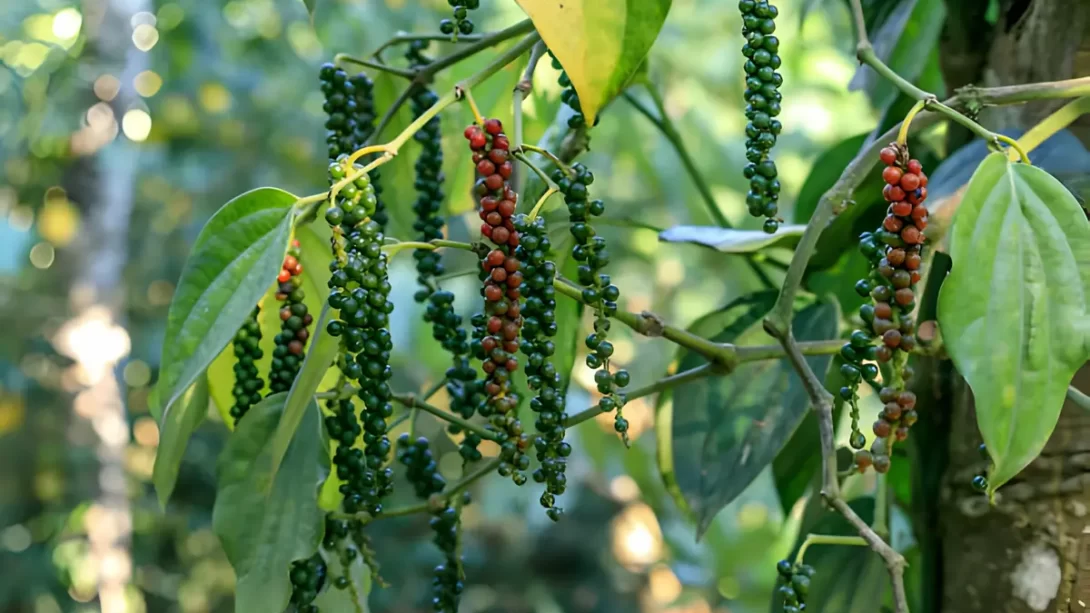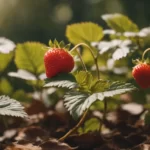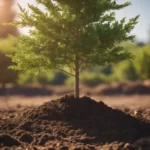Yellowing of pepper plants is a common concern for gardeners. This change in leaf color can signal various issues, ranging from nutrient deficiencies to environmental stress. Identifying and addressing the underlying causes is crucial for the health and productivity of your pepper plants. This article will explore the potential reasons behind yellowing leaves and provide solutions to help your plants thrive.
Pepper Plant Health
Pepper plants, like all vegetation, exhibit certain signs when their growing conditions are less than ideal. The color and appearance of leaves are reliable indicators of plant health. Factors like nutrient uptake, water availability, and sunlight exposure play critical roles in maintaining the vibrant green color typical of healthy pepper plants. When these factors are imbalanced, it often manifests in the yellowing of leaves.
Common Causes of Yellowing in Pepper Plants
Several factors can contribute to the yellowing of pepper plant leaves. Each cause has a unique impact on the plant, and identifying the specific issue is key to addressing it effectively. Common causes include nutrient deficiencies, watering problems, pest and disease issues, environmental stressors, and poor soil quality.
Nutrient Deficiencies
Nutrient deficiencies are a leading cause of yellowing in pepper plants. Nitrogen, potassium, and magnesium are essential nutrients for plant growth, and a lack of any of these can lead to yellow leaves. Nitrogen deficiency typically causes older leaves to turn yellow and wilt, while potassium deficiency results in yellowing at the leaf edges. Magnesium deficiency often shows as yellow patches between leaf veins. Diagnosing these deficiencies involves closely observing the symptoms and sometimes conducting soil tests. Correcting nutrient imbalances involves adjusting fertilizer applications, using nutrient-rich compost, or applying specific mineral supplements.
Watering Issues
Improper watering is another common cause of yellowing leaves in pepper plants. Both overwatering and underwatering can lead to stress and discoloration. Overwatering, which leads to waterlogged soil, can cause root rot and a lack of oxygen to the roots, resulting in yellow leaves. Underwatering, on the other hand, leaves plants dehydrated and unable to absorb necessary nutrients, also leading to yellowing. The key to resolving watering issues is to maintain a balance. Pepper plants prefer consistently moist soil, but it’s crucial to ensure good drainage. Implementing a regular watering schedule and adjusting based on weather conditions and soil moisture levels can help. Utilizing tools like soil moisture meters can also aid in maintaining optimal watering.
Pest and Disease Problems
Pests and diseases can also contribute to the yellowing of pepper plant leaves. Common pests such as aphids, spider mites, and whiteflies feed on the sap of the plants, leading to yellowing and other damage. Diseases like bacterial leaf spot or viral infections can also manifest as yellowing leaves, often accompanied by other symptoms like spots or mosaic patterns. To manage pests, regular inspection and practices like washing off pests with water, using insecticidal soaps, or introducing beneficial insects can be effective. For diseases, prevention is key, involving practices like crop rotation, using disease-resistant varieties, and ensuring proper spacing for air circulation. If disease is present, removing affected parts and applying appropriate fungicides may be necessary.
Environmental Stressors
Environmental conditions such as temperature, light, and humidity play a significant role in the health of pepper plants. Extreme temperatures, either too hot or too cold, can stress the plants, leading to yellow leaves. Similarly, too much direct sunlight can scorch leaves, causing them to turn yellow and dry out, while insufficient light can lead to pale, yellow leaves. Adjusting the plant’s environment to avoid these extremes is crucial. This may involve using shade cloths during intense heat, protecting plants from cold snaps, or positioning plants to receive the right amount of sunlight. Monitoring and adapting to the changing environmental conditions can help maintain the health and color of pepper plant leaves.
Soil Quality and Root Health
The health of a pepper plant’s root system and the quality of the soil it grows in are fundamental to its overall health. Poor soil conditions, such as compacted, nutrient-poor, or excessively alkaline or acidic soils, can hinder root growth and nutrient absorption, leading to yellowing leaves. Symptoms of poor soil quality or root health issues might include stunted growth, yellowing starting at the lower leaves, or roots that appear brown and mushy or overly dry. To improve soil quality, incorporate organic matter like compost, which enhances soil structure, nutrient content, and moisture retention. Regularly checking and adjusting the soil pH to suit pepper plants, which prefer slightly acidic to neutral soil (pH 6.0 to 7.0), is also essential. Ensuring adequate drainage and avoiding soil compaction by not walking near the root zone can also help maintain healthy roots.
Conclusion
Yellowing leaves on pepper plants can be caused by a variety of issues, including nutrient deficiencies, watering problems, pests and diseases, environmental stressors, and poor soil and root health. Identifying the specific cause is crucial for effective treatment. Regular monitoring and maintenance, such as adjusting watering practices, ensuring proper nutrition, managing pests and diseases, and creating an optimal growing environment, are key to keeping your pepper plants healthy and vibrant. By paying close attention to these aspects of care, you can successfully address the issue of yellowing leaves and enjoy a thriving pepper garden. Remember, gardening is a learning process; each challenge offers an opportunity to grow your skills and knowledge.




